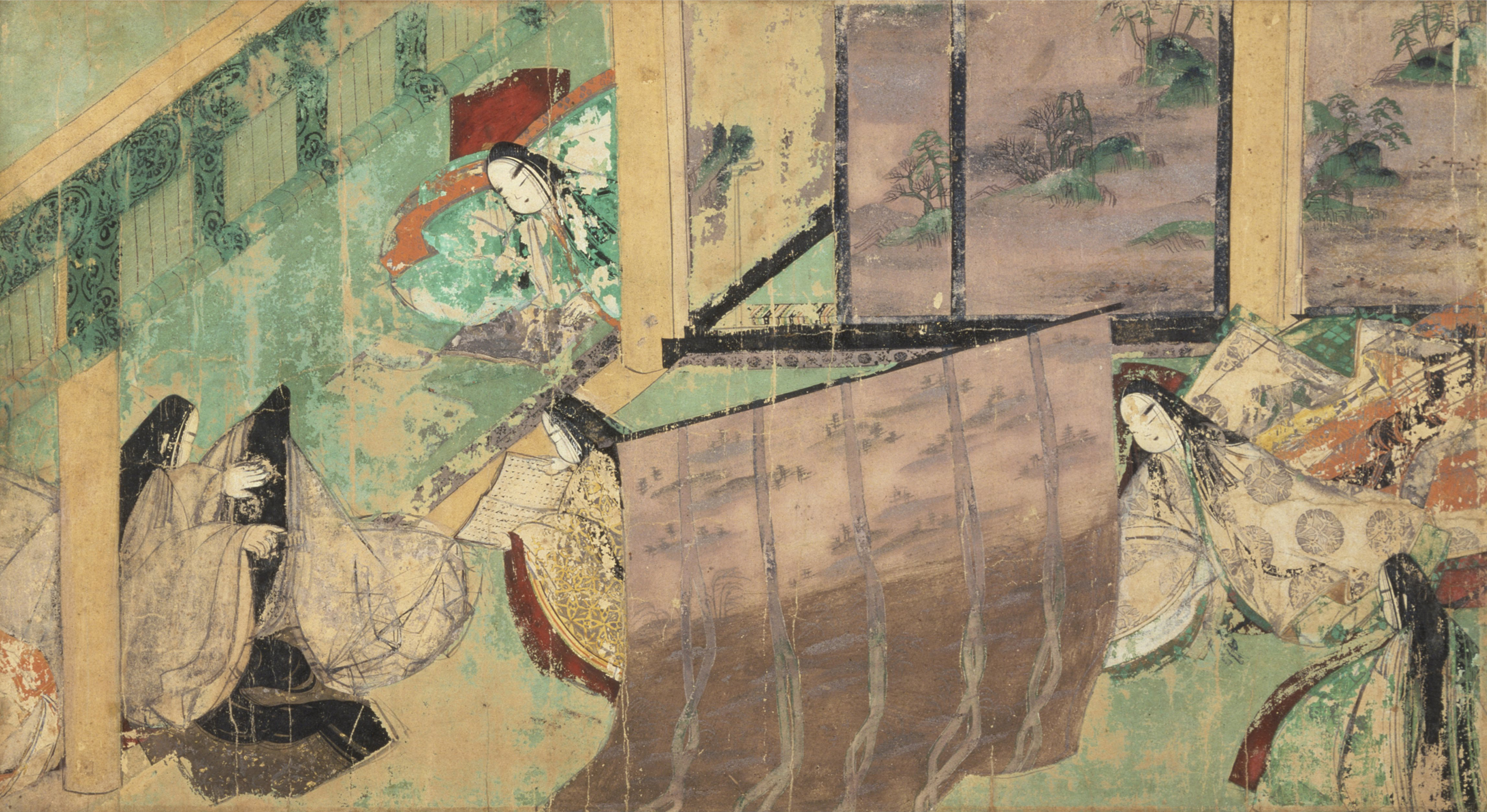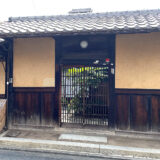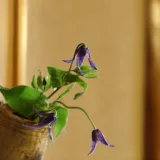
The Tale of Genji1, written more than 1,000 years ago, depicts the lives of the aristocrats during the Heian period (794-1185) and is more than just a work of literature.
The drama series Hikaru Kimi e 光る君へ, currently being broadcast by NHK (Japan Broadcasting Corporation), portrays the glamorous court life of the Heian period. Murasaki Shikibu 紫式部, the author of The Tale of Genji, is the protagonist and is loved by many viewers.
Now that interest in The Tale of Genji is growing through this drama, let’s explore its impact in more detail.
Influence on literature
The Tale of Genji is regarded as one of the most important works of Japanese literature. Its rich descriptions and sensitive psychological portrayal profoundly influenced later writers. For example, many writers, including the Edo period haiku 俳句 poet Matsuo Basho 松尾芭蕉 and novelist Kawabata Yasunari 川端康成, have drawn inspiration from The Tale. The tale’s influence also remains strong in contemporary Japanese literature, with many works paying homage to it.
Influence on art
The Tale of Genji has also had a major influence on artworks.
The most famous example is Genji Monogatari Emaki 源氏物語絵巻2 from the 12th century. These picture scrolls depict famous scenes from the tale in pictures and lyrics and are characterized by their exquisite depiction and beautiful colors. The Tale of Genji Emaki symbolizes the fusion of painting techniques and narrative in the Heian period and still holds an important place in Japanese art history today.

Influence on the art of incense
The Tale of Genji also profoundly influenced the art of incense. Kōdō 香道3 is the uniquely Japanese culture of burning fragrant woods and enjoying their fragrance. The Tale of Genji contains many scenes in which Hikaru Genji 光源氏 and other aristocrats enjoy burning incense. For example, there are scenes in the story where Hikaru Genji presents incense to the women he loves, and scenes of ‘kōgō 香合, where aristocrats burn incense and compete with each other for fragrance. These depictions illustrate the importance of incense in aristocratic society during the Heian period.
Thus, Kodo spread among the nobility and eventually developed into a refined art form. The rituals and manners of Kodo are inherited from the customs of the time of The Tale of Genji and can still be enjoyed today with their beautiful fragrances.
influence on theatre
The Tale of Genji also had a profound influence on traditional Japanese theatre. In particular, many plays based on The Tale of Genji have been performed in Noh 能 and Kabuki 歌舞伎 theatre. Noh plays such as ‘Aoinoue 葵の上’4 and ‘Nonomiya 野々宮’5 and Kabuki plays such as ‘The Scarlet Princess of Edo 桜姫東文章’6 recreate the world of The Tale of Genji on stage and convey its beauty and tragedy to the audience.
contemporary perspectives
The Tale of Genji has thus had a very important influence on Japanese culture.
Even today, The Tale of Genji continues to inspire many craft artists.
For example, motifs from The Tale of Genji have been incorporated into contemporary crafts such as lacquerware and textiles, creating a beautiful fusion of the traditional and the contemporary.
In this way, the world of The Tale of Genji is combined with contemporary sensibilities and expressed in a new way.
footnote
- https://en.wikipedia.org/wiki/The_Tale_of_Genji ↩︎
- https://en.wikipedia.org/wiki/Genji_Monogatari_Emaki ↩︎
- https://en.wikipedia.org/wiki/K%C5%8Dd%C5%8D ↩︎
- https://noh-sup.hinoki-shoten.co.jp/sh/32/en ↩︎
- https://noh-sup.hinoki-shoten.co.jp/sh/90/en ↩︎
- https://enmokudb.kabuki.ne.jp/repertoire_en/%E6%A1%9C%E5%A7%AB%E6%9D%B1%E6%96%87%E7%AB%A0%EF%BC%88the-scarlet-princess-of-edo%EF%BC%89/ ↩︎




